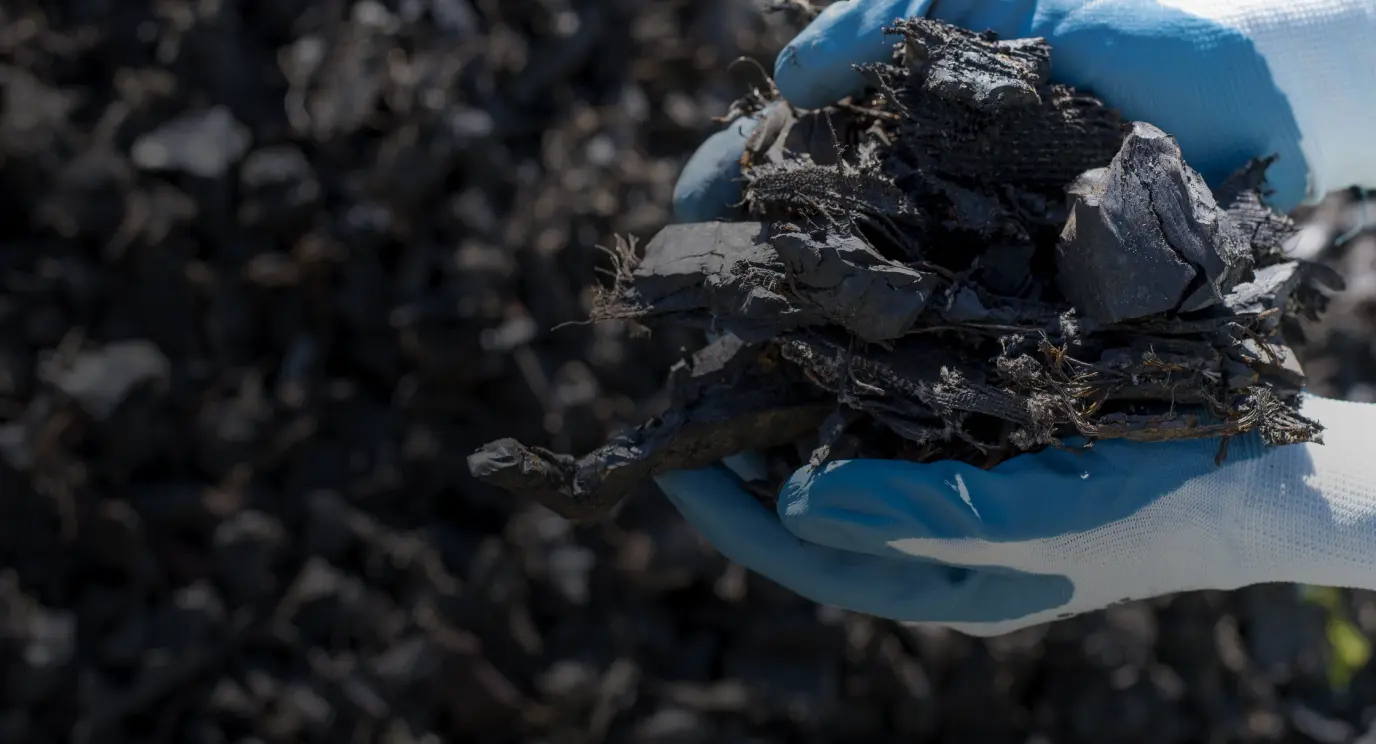The Science-Based Targets initiative (SBTi) plays an important role in guiding companies on their decarbonisation journeys. However, SBTi guidance has – until now – only focused on encouraging companies to look inward and reduce their own emissions. For many, this may be too costly and/or unfeasible with current technologies.
At CIX, we believe that companies should not wait until they have the perfect solution or perfect plan. Rather, they should be doing all they can to reduce global emissions, including using carbon credits. Yet, because this isn’t SBTi-aligned, many don’t.
Last month, the SBTi published two reports aimed at accelerating the adoption and implementation of Beyond Value Chain Mitigation (BVCM). BVCM is defined as “mitigation action or investments that fall outside a company’s value chain, including activities that avoid or reduce greenhouse gas (GHG) emissions, or remove and store GHGs from the atmosphere.”
While the new guidance is helpful in offering clarity, it ultimately stops short of empowering companies to act now. The SBTi does “recommend” that companies compensate for their ongoing emissions, but leaves it to others to recognise the efforts of these companies.
This only delays the action that’s needed to reach societal net zero as the clock ticks down on the few years we have left before hitting 2°C of warming.
Beyond that, the latest guidance also includes the following interesting points:
- BVCM should be a mix of near-term verified emissions reductions and financing future solutions, so long as it is financially additional. This is a helpful compromise to give companies space to jump-start much needed innovation.
- Companies should have a mitigation target of 50% of their scope 1-3. This is a reasonable place to start given how few companies are mitigating any of their emissions, but we should still strive for 100%.
- BVCM can be a mix of reductions and removals: again, helpful (reduce emissions by protecting forests), but does little to redirect corporate interest away from expensive carbon sequestration like tree planting given that what does “count” under SBTi is carbon removals.
- Uses the “Umbrella Corporation” as an example of good use of BVCM and (presumably) not corporate social responsibility in Raccoon City.
This article was written by CIX’s Director of Supply, Bryan McCann.











